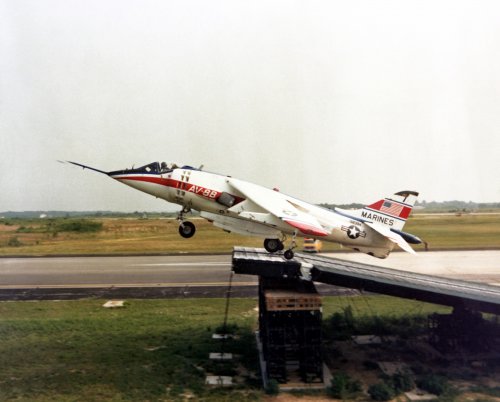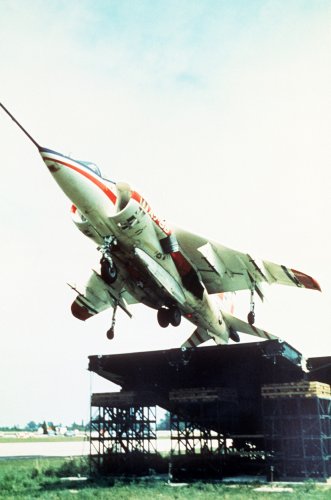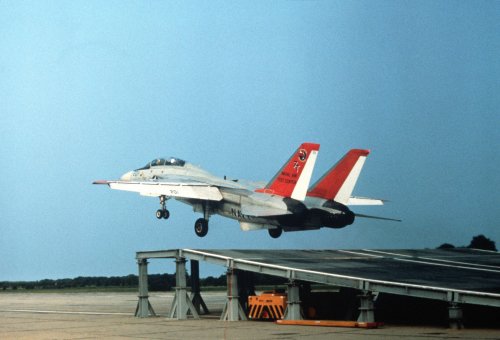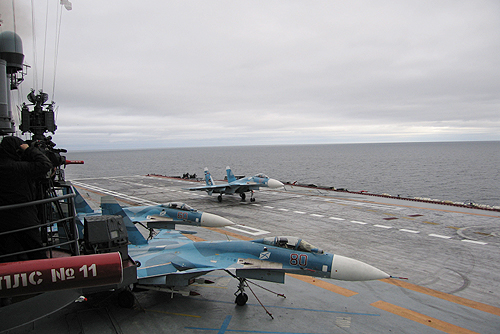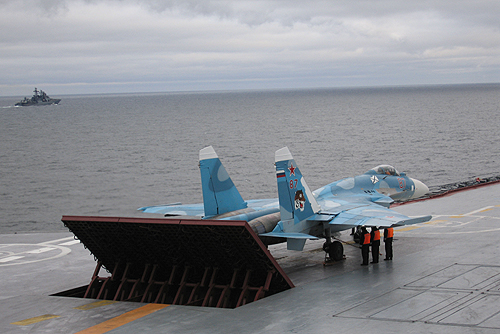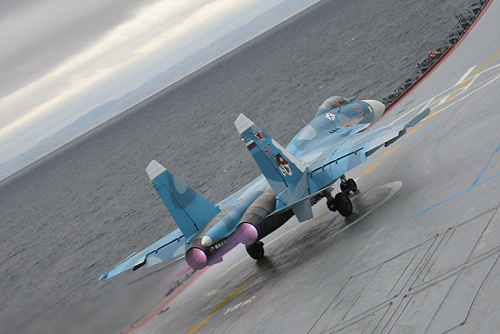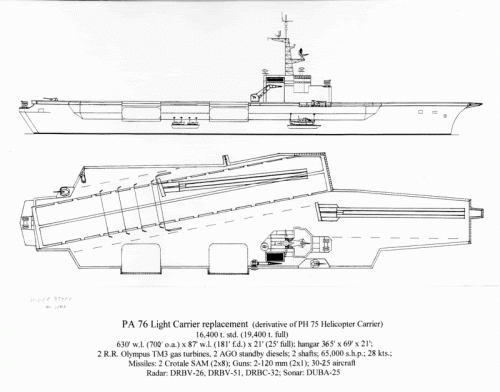Triton said:
Was the point of these ski jump efforts to determine if US Navy CTOL aircraft could operate on smaller and presumably cheaper carriers, such as the Sea Control Ship/VSTOL Support Ship, than the supercarriers equipped with catapults?
Carrier’s don’t need to be big to have catapults. Catapulting carriers under 20,000 tonnes are well proven. None of these have been built with the latest high reliability steam catapults or the next gen EML catapults so presumably they can benefit from these advances.
With conventional (ie non V/STOL) aircraft you actually need a bigger flight deck to support ski jump launching than catapult launching and hence a bigger ship. While a ski jump may lower the speed required for flight compared to a horizontal alignment (assuming equal aircraft) that speed needs to be reached by the aircraft’s own acceleration. Since this requires a run up without the benefit of external assistance (catapult) you need more space to achieve it.
You can actually combine the effect of catapulting with the skijump. However this would not work well with a typical catapult, angled landing deck carrier. It would require more length to fit the ski jump between the catapult and the bow, would be terrible for waist position catapults (bolter make sure you miss the big jump in front of you) and would also create more air disturbance burble right where the landing aircraft touches down. Since CVNs aren’t being pushed in the upper weight levels of the aircraft they are operating with the current design there is no need to add a ski jump.
Ski jumps are also a lot less safef for twin engine aircraft than catapults. With the speed provided by the catapult it is possible to survive the loss of an engine in takeoff (assuming the aircraft has the lift margins and most USN aircraft are designed for this). Without the catapulting speed boost if you lose your engine in the run up to or on the ski jump you are unlikely to stop in time, you won’t be able to fly and you’re going over the bow and then under the boat...
With V/STOL aircraft it’s an entirely different proposition as you have lift from thrust so have a lot more tolerances for takeoff speed.

